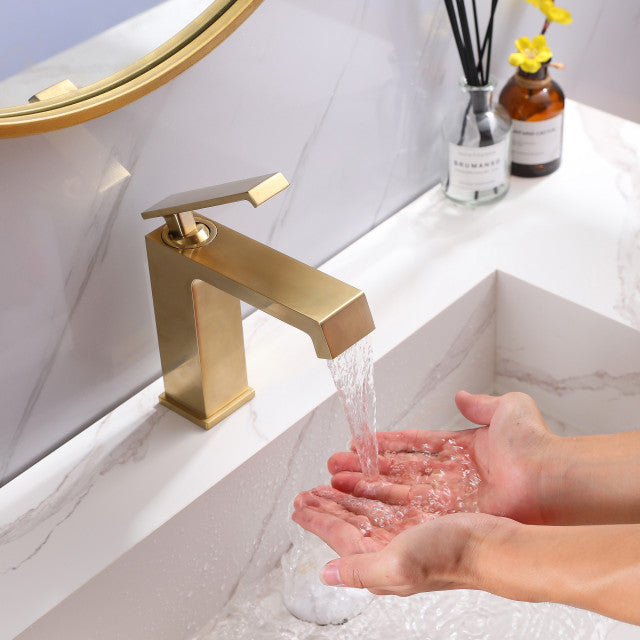Introduction
When it comes to choosing the perfect faucet for your kitchen or bathroom, the decision between a single-handle and a double-handle faucet can be quite daunting. Both options have their own unique features and advantages, but which one is the right fit for your needs? In this comprehensive guide, we will delve into the pros and cons of single-handle vs. double-handle faucets, helping you make an informed choice for your home.
Single-Handle Faucets: Advantages and Disadvantages
Single-handle faucets, also known as single-lever faucets, are fixtures that control both the temperature and the flow of water with a single lever. These faucets have gained popularity for their sleek design and ease of use. Here's a breakdown of their pros and cons:
Advantages:
-
Sleek Aesthetics: Single-handle faucets offer a modern and streamlined look, making them an excellent choice for contemporary kitchen and bathroom designs.
-
Effortless Temperature Control: With just one lever, adjusting water temperature becomes a breeze. You can achieve your desired temperature quickly and precisely.
-
Space-Saving: Single-handle faucets take up less space around the sink area, leaving more room for other activities and accessories.
-
Ease of Use: These faucets are ideal for individuals with mobility issues, as they require less dexterity to operate.
Disadvantages:
-
Limited Water Flow Control: Some single-handle faucets may offer less precise control over water flow compared to their double-handle counterparts.
-
Repair Complexity: Repairs can be slightly more complicated since the entire mechanism is housed in a single unit. If the faucet starts leaking, you might need to replace the entire cartridge.
Double-Handle Faucets: Advantages and Disadvantages
Double-handle faucets, as the name suggests, have separate handles for hot and cold water control. They have been a classic choice for decades and come with their own set of benefits and drawbacks:
Advantages:
-
Precise Water Temperature Control: With separate handles for hot and cold water, you can fine-tune the water temperature to your liking with great accuracy.
-
Durability and Reliability: Double-handle faucets often have fewer moving parts, potentially leading to a longer lifespan and easier maintenance.
-
Variety of Styles: These faucets come in a wide range of styles, making it easier to find a design that complements both traditional and contemporary aesthetics.
-
Easy Repairs: When issues arise, it's usually simpler to diagnose and fix problems with double-handle faucets, as you can often isolate the specific handle causing the issue.
Disadvantages:
-
Aesthetic Considerations: Some homeowners find the look of double-handle faucets to be less modern and sleek compared to single-handle options.
-
Initial Learning Curve: It might take some time to get accustomed to using two handles, especially if you're used to the convenience of a single-handle faucet.
-
Space Consumption: Double-handle faucets require more space around the sink area, which might be a concern in smaller kitchens or bathrooms.
Conclusion
In the single-handle vs. double-handle faucet debate, the choice ultimately comes down to your personal preferences and practical needs. Single-handle faucets offer contemporary aesthetics and ease of use, while double-handle faucets provide precise temperature control and a classic look.
Consider factors such as the overall design of your space, your comfort with faucet operation, and the level of maintenance you're willing to undertake. Whichever option you choose, both single-handle and double-handle faucets have their own unique charm and can add functionality and style to your kitchen or bathroom. Make an informed decision, and enjoy the perfect faucet that suits your lifestyle.



































